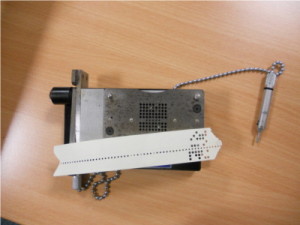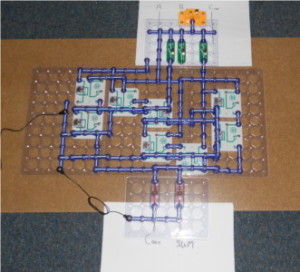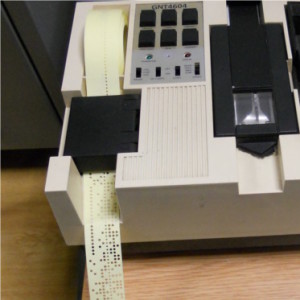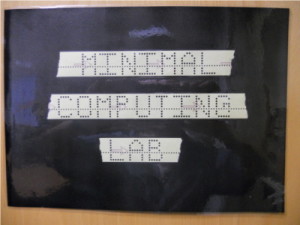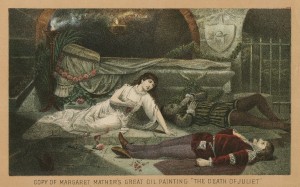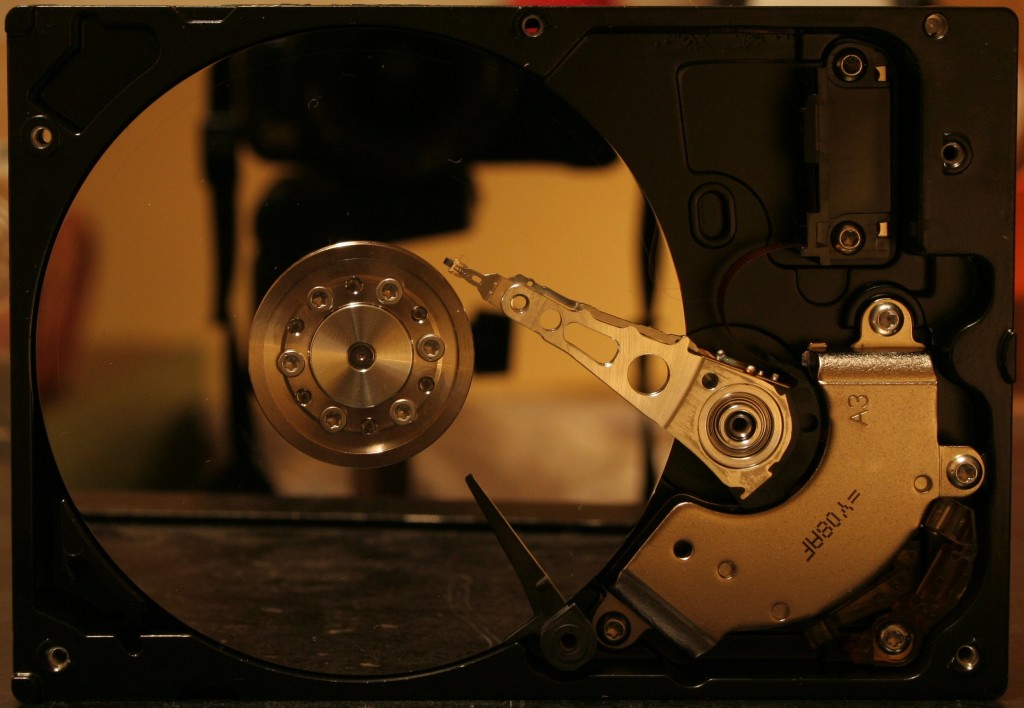How do we locate the individual in the noise of data? How do we tell big stories that aren’t reductive? What tools and technologies can empower researchers, educators and learners in and outside the academe to grapple with the macroscope?
This&THATCamp Sussex Humanities Lab takes place on 19-20 May 2016 at the University of Sussex. It brings together humanists, technologists, educators, and learners to share, build, and make together around the theme of scale. Spread over two days to enable a fruitful balance of doing and talking, of teaching and demonstrating, of hacking and yacking, this delegate-led unconference throws open the Sussex Humanities Lab to stimulate novel collaborations that reinvent the humanities, one bit at a time.
The event will focus on hands-on sessions that explore methods, practice, and strategies for working with humanities data at scale, be that close up or at a distance; but in reality, anything that isn’t a standard talk goes! Sessions proposed thus far can be found at this.thatcamp.org/category/session-proposals/. As participants, you will pick on the first day when, where, and whether the sessions proposed take place.
In addition to the unconference elements, the event will feature a keynote from Melodee Beals (Loughborough) entitled ‘A Series of Small Things: The Case Study in the Age of Big Data’.
Those interested in joining us should register at this.thatcamp.org/register/. Please note that spaces are limited so registration is vital.
Bursaries are available for postgraduate, early-career, or unwaged individuals who need financial assistance to attend. Contact to discuss.

